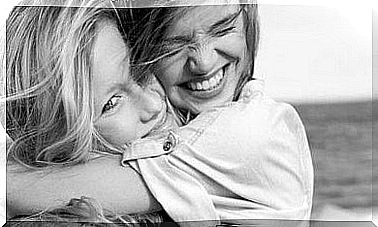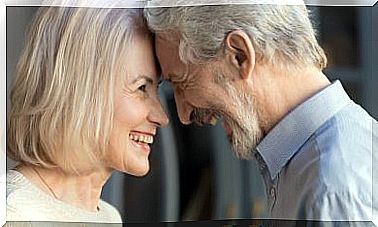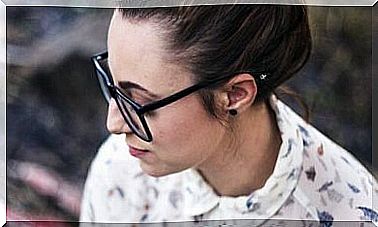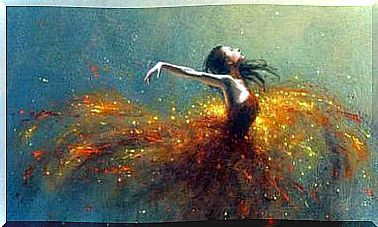Karl Friston And His Theory Of Free Energy
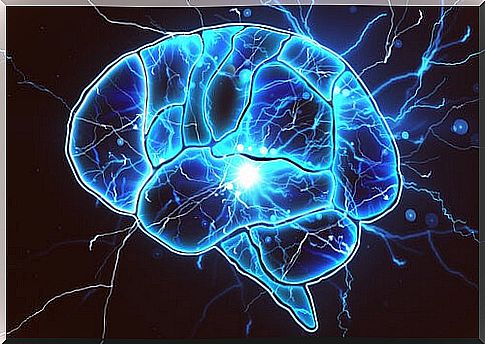
Karl Friston is a neuroscientist and the creator of the free energy theory, which, according to experts, could revolutionize studies about the brain. Before developing this theoretical conception, Friston had become famous for having developed a powerful technique to analyze the results of brain images and for having unraveled various aspects of cortical activity in that organ.
Friston is considered the most relevant brain researcher of the last 25 years. In March 2010, he surprised with the presentation of the theory of free energy, during the brain awareness week, an event organized by the European Parliament.
It is believed that the theory of free energy will allow to create a great unified theory of the brain expressed in a mathematical law. It must be said that, at present, much progress has been made in mapping the brain, but it is not yet clear how the integration of the parts of the brain occurs. Apparently, Friston’s theory is moving in that direction.
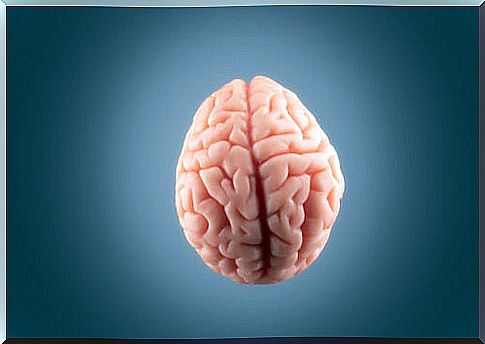
Bayesian inferences
Bayesian statistical theory is a model that is based on probability. It was postulated by an English priest named Thomas Bayes, in the 18th century. However, it is a complex subject that we will not go into in detail. However, Bayesian principles are a fundamental part of the theory of free energy and that is why we will give some hints about it.
There is an experiment that didactically illustrates Bayesian theory. In a room there are several urns, of which three-quarters are red and a quarter are blue. The red urns contain 80% red and 20% blue tokens. The blue urns have 80% blue tokens and 20% red.
Those who participate in this experiment are covered over the visibility of an urn and are asked to take tokens from it. The person must infer the color of the urn from which they are drawing chips. In general terms, what is deduced from this experiment is that people have an a priori inference, for example: “it is more likely that I will touch a red ballot box, as there are more red ballot boxes .”
This a priori inference is then tested as the person draws the chips. Thus, if you draw more blue chips than red, your inference will probably change: ” Since I draw more blue chips, the urn is likely to be blue .” This is called the likelihood function . Friston’s free energy theory says that the brain works this way.
The theory of free energy
Professor Karl Friston, from the Wellcome Trust Center for Neuroimaging , proposed his theory of free energy in 2010. It aims to explain how the brain works and starts from two basic principles. The first says that the brain makes predictions about the world, constantly, since it never stops doing so.
The second principle states that the brain applies Bayesian inferences to make these predictions constant. That is, it anticipates experiences ( a priori inference ) and then adjusts its predictions, based on what it observes and verifies in practice. According to Friston, the objective of all this is only one: to avoid any surprises, as far as possible.
It is not exactly that the brain does not like surprises, but to the extent that it avoids them, it saves energy in its operation. The unexpected forces you to work harder and with greater application. So “predicting” what is or what is going to happen, allows you to take advantage of what you have learned and avoid spending more energy than necessary.
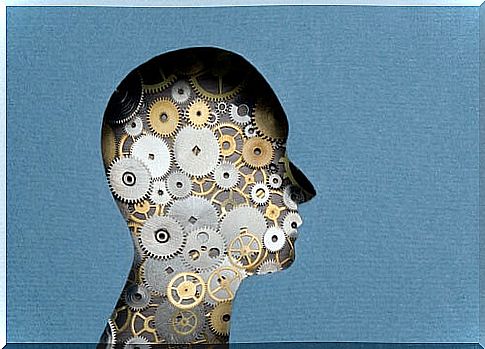
An experiment in this regard
Researchers from the department of psychology at the University of Glasgow, Scotland, and the Max-Planck Institute for Brain Research , Frankfurt, Germany, conducted an experiment that appears to corroborate the theory of free energy. They started from the idea that the brain effectively “predicts” to save energy.
To put everything in a simple example, when a person approaches their work desk they already have an image of it in their mind. You will not need to look at each object to know that it is there, but almost without seeing you will reach out a hand and take the pen that you always leave in one of the drawers. It will only activate your attention if something is new or is not in its place.
To test this idea, the researchers used 12 volunteers. Each of them were asked to stare at a computer screen, where there was an image, while being monitored by a scanner. However, below the fixed point and above it, two moving points appeared and disappeared. They also entered another point that ran across the screen randomly.
Thus, they verified that the activity of the brain is lower when there are predictable elements (the fixed image and the two points above and below); while it is activated, when an unpredictable stimulus appears (the random point). This would prove the basic theses of the promising theory of free energy.
